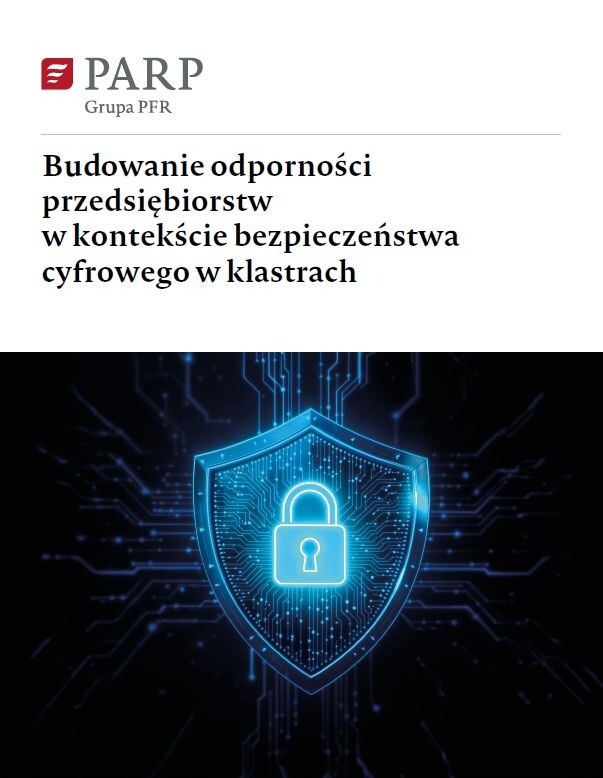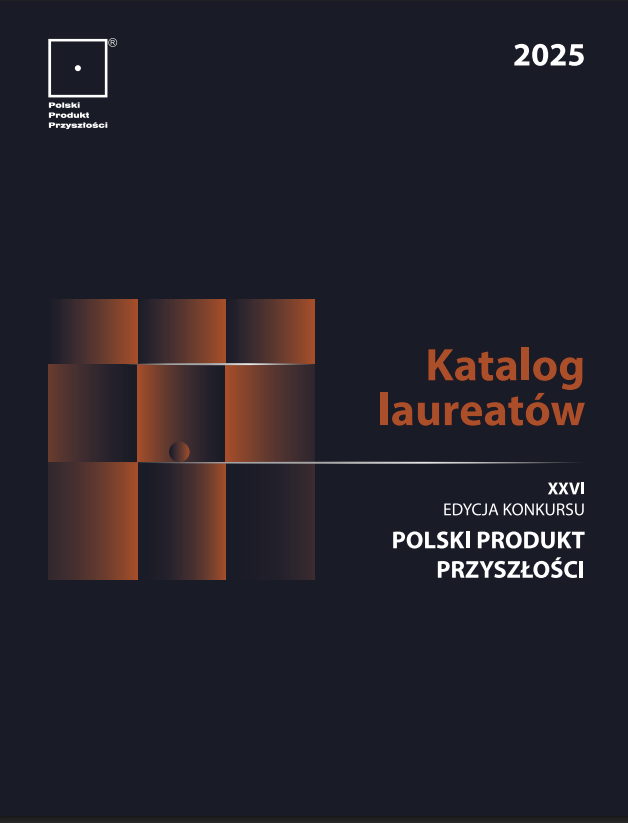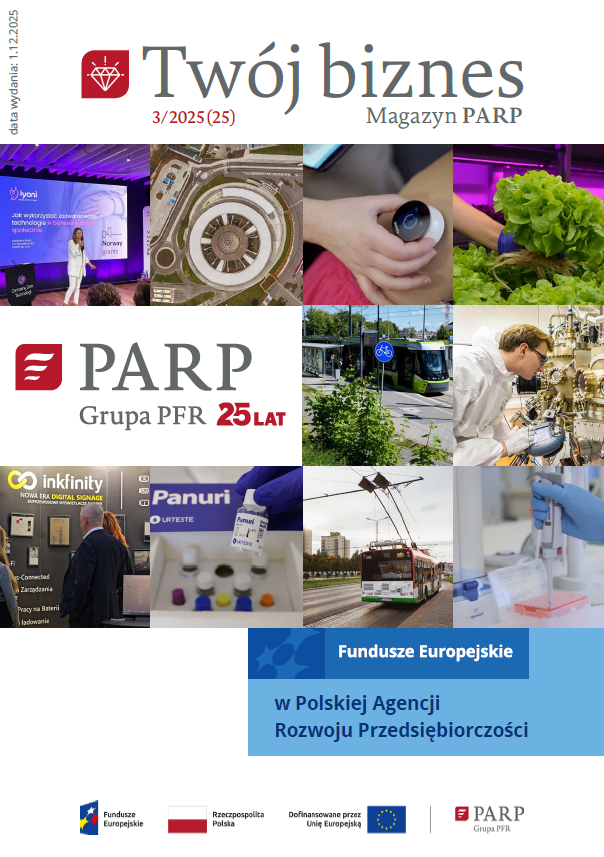Udzielamy informacji o programach pomocowych realizowanych przez PARP.
Autorzy: Michał Thlon, Magdalena Marciniak-Piotrowska, Maja Wasilewska, Krzysztof Buczek, Agnieszka Wojtczuk-Turek, Monika Antonowicz, Katarzyna Dziedzic, Bartłomiej Kazubski, Anna Lewandowska, Łukasz Macioch, Krzysztof Marczak, Michał Marini, Bartosz Nowicki, Maciej Piotrowski, Rafał Sieradzki, Dorota Thlon, Dariusz Turek, Izabela Warwas
Cluster Benchmarking in Poland – edition 2020 (EN)
This publication was prepared as part of the fifth edition of a study entitled "Benchmarking of clusters in Poland – 2020 edition" aimed at expanding knowledge about the condition and current state of cluster development in Poland, and carried out for the
We present the fifth edition of a study entitled "Benchmarking of clusters in Poland – 2020 edition" aimed at expanding knowledge about the condition and current state of cluster development in Poland, and carried out for the Polish Agency for Enterprise Development. The study covered 41 clusters from all over Poland and its 435 members.
The current edition of the study was carried out in 2021 but covered the period of analysis of phenomena over the years 2018 and 2019. The subsequent start of the project was the result of m.in covid-19 pandemic.
On the basis of the results obtained in the study, it can be concluded that the strength of Polish clusters is primarily the area concerning cluster processes (management processes, digitization, communication, market activity, in addition, specialization and technological advancement, as well as human resources and competence development).
The weakest sides of clusters include environmental impact, financial and infrastructure resources, cooperation development and innovation development. In addition, the potential for internationalisation and international activity have been poorly assessed.
At the stage of recruitment for the study, there was a group of several clusters formed
in the last 2-3 years, which has high development ambitions. These ambitions are manifested in m.in. adopted solutions in the field of management, communication or digitization processes, which can be observed in longer-running clusters, or in the list of strategic objectives for obtaining the status of the KNC. The activity of these clusters is an excellent example of bottom-up initiatives that somewhat er in the face of repeated thesis that clusters were formed mainly during the period of availability of funds to finance the initial phase of their activity. At the same time, this situation shows that there is still some potential to create new clusters in Poland.
As part of the study, good practices of clusters' activity, both Polish and foreign, were which can be found in Chapter 7. The report also contains a number of recommendations for cluster coordinators and public administration institutions.
We invite you to read the report!
Spis treści
- Introduction
- Key terminology
- Summary
- Introduction of research methodology
- Results of the study
- Good practices in the functioning of clusters
- Conclusions
- Recommendations
- Attachments
Inne publikacje, które mogą Cię zainteresować








